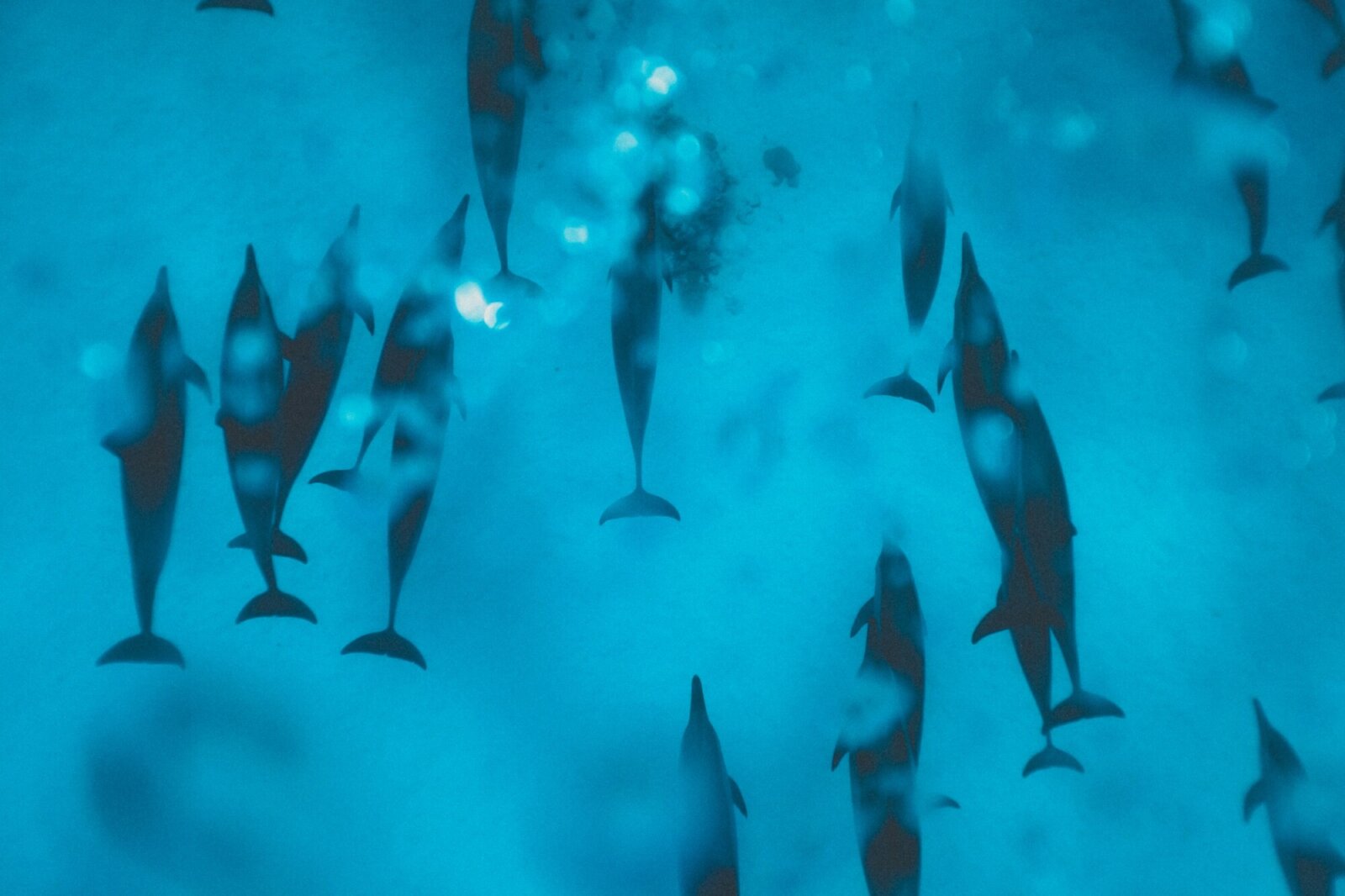
What is biomimicry?
Solutions inspired by nature.

For challenges in all fields and industries, the living world has countless models that humans can learn from. Putting our species into better harmony with the rest of nature, these solutions show us the way to meet our needs and create new possibilities.
By emulating these time-tested forms, processes, and ecosystems, humans practicing biomimicry can unleash a regenerative future where humans help to create conditions conducive to all life.
Biological strategies
Deep dive into nature’s genius on AskNature.org, a field guide to the natural world, designed to draw your eye to what we can learn from nature, not just what we can learn about it.
Innovation in action
Solutions to global challenges are all around us. In this playlist, you can explore how biomimicry is shaping sustainable design and innovation in a variety of fields. These examples and the companies behind the incredible innovations have been selected through The Biomimicry Institute’s Ray of Hope Accelerator program.
Curated collections
Nature is more than the sum of its parts. Explore the connections between individual biological strategies, innovations, or educational resources as leading thinkers, scientists, artists, and others reflect on unifying themes in biomimicry.
A word from our founder, Janine Benyus
Be a part of the movement
Biomimicry is transforming the way we design, innovate, and solve problems. If you believe in a future guided by nature, help us grow this movement by supporting our work, joining the AskNature Hive Community, and following us on social media. Your involvement fuels the tools, stories, and connections that bring nature-inspired solutions to life. Let’s reimagine what’s possible together.
